Core Zones
Dhela Zone – A Hidden Gem of Jim Corbett National Park
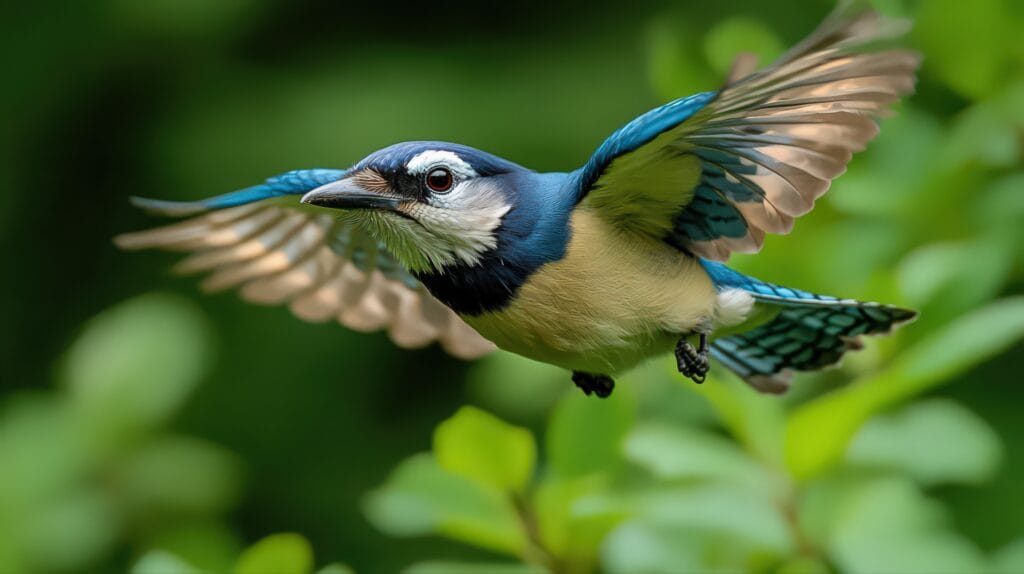
Dhela Zone is one of the newest and most diverse safari zones in Jim Corbett National Park, Uttarakhand. Opened in 2014, it is located within the buffer zone of the park and offers an exceptional mix of dense forests, grasslands, and water bodies. Dhela is known for its rich biodiversity, excellent wildlife sightings, and fewer crowds, making it a perfect spot for nature lovers and wildlife enthusiasts.
Geography and Landscape 🌍
- Located 13 km from Ramnagar, within Jim Corbett National Park.
- Spread over 1,173 hectares, featuring a mix of sal forests, mixed deciduous forests, grasslands, and riverbeds.
- Home to several water sources, including small lakes and seasonal rivers, attracting wildlife.
- The landscape is relatively flat, making it ideal for spotting big cats and herbivores.
- Offers scenic beauty with misty mornings and golden sunsets, perfect for photography.
Wildlife in Dhela Zone 🐅
Dhela Zone is known for its thriving population of tigers and diverse wildlife, including:
- Bengal Tigers – Regularly sighted near water bodies and dense vegetation.
- Leopards – Often seen in the rocky areas and tree-covered regions.
- Wild Elephants – Frequently spotted in herds, especially near the grasslands.
- Sloth Bears – A rare sight, but occasionally seen searching for food.
- Spotted Deer, Sambar Deer & Barking Deer – The main prey species for predators.
- Wild Boars, Nilgai & Jackals – Adding to the zone’s ecological diversity.
Birdlife in Dhela Zone 🦜
Dhela is a paradise for birdwatchers, with over 250 bird species, including:
- Crested Serpent Eagle & Changeable Hawk-Eagle – Majestic raptors soaring high.
- Great Hornbill & Indian Pitta – Exotic and colorful birds often spotted in dense foliage.
- Kingfishers, Woodpeckers & Drongos – Common in forested areas and water bodies.
- Peafowls, Parakeets & Bee-eaters – Adding vibrant hues to the jungle.
- Migratory Birds (Winter Season) – Such as flycatchers and storks near wetlands.
Safari Experience in Dhela Zone 🚙
- Morning Safari: 6:00 AM – 10:00 AM
- Evening Safari: 2:00 PM – 6:00 PM
Best Time to Visit Dhela Zone 📅
- Winter (November – February): Ideal for birdwatching and comfortable safaris.
- Summer (March – June): Best for tiger sightings as animals visit waterholes frequently.
- Monsoon (July – October): Open for safaris, but sightings may be limited due to dense vegetation.
Accommodation and Activities Near Dhela Zone 🏕️
Dhela offers various stay options near the entry gate:
- Luxury Wildlife Resorts – Premium stays with top-class amenities.
- Eco-Lodges & Forest Rest Houses – Blending nature with comfort.
- Budget Hotels & Homestays – Affordable accommodations near Ramnagar.
Activities Near Dhela Zone
- Jungle Safari & Wildlife Photography – Spot majestic tigers and other wildlife.
- Birdwatching Tours – Discover rare and migratory bird species.
- Guided Nature Walks & Village Tours – Explore local culture and traditions.
- Adventure Activities – Including river rafting and camping (seasonal).
How to Reach Dhela Zone? 🚗
- By Air: Nearest airport – Pantnagar Airport (95 km).
- By Train: Nearest railway station – Ramnagar (13 km).
- By Road: Well-connected to Delhi, Nainital, and Haldwani via national highways.
Why Visit Dhela Zone? ⭐
✔️ One of the best zones for peaceful and less crowded safaris
✔️ Diverse landscapes, including forests, grasslands, and riverine belts
✔️ Home to Bengal tigers, elephants, and rare bird species
✔️ Eco-tourism friendly with year-round accessibility
✔️ Offers a unique and immersive wildlife experience
Dhela Zone is an underrated gem of Jim Corbett National Park, offering an authentic jungle experience with abundant wildlife and bird species. Book your safari now and explore the wilderness of Dhela! 🌿🐅
For safari bookings and more details, visit our website or contact our help desk.
Jhirna Zone – A Wildlife Haven in Jim Corbett National Park
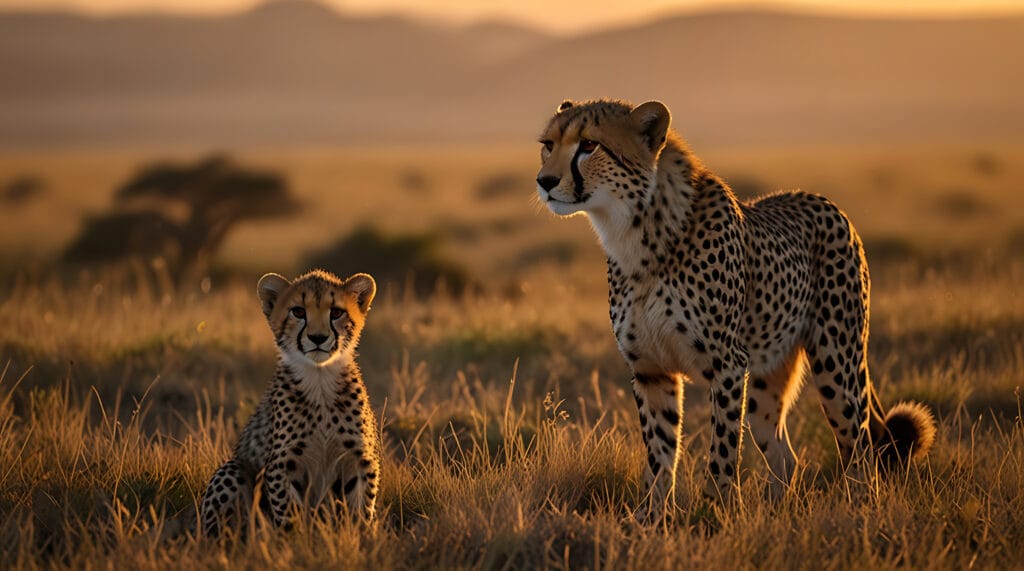
Jhirna Zone, located in Jim Corbett National Park, is one of the most popular wildlife zones known for its year-round accessibility. The zone is home to a diverse range of wildlife, including tigers, elephants, and sloth bears, making it an excellent destination for wildlife enthusiasts and photographers.
Geography and Landscape 🌿
- Situated in the southern part of Jim Corbett National Park.
- Features a mix of dry deciduous forests, grasslands, and riverbeds.
- The Dhela River runs through the zone, providing a vital water source.
- Open terrains offer clear visibility for wildlife sightings.
- Surrounded by dense Sal forests and bamboo vegetation, adding to its beauty.
Wildlife in Jhirna Zone 🐅
Jhirna Zone boasts a rich biodiversity, including:
- Bengal Tigers – Frequent sightings, especially near waterholes.
- Sloth Bears – Often spotted foraging in the undergrowth.
- Asiatic Elephants – Large herds are commonly seen grazing.
- Wild Boars & Jackals – Roaming throughout the grasslands.
- Spotted Deer, Sambar, and Barking Deer – Abundant in the region.
- Monitor Lizards & Indian Cobras – Representing the reptilian species.
Birdlife in Jhirna Zone 🦜
Jhirna is a birdwatcher’s paradise, home to over 200 bird species, including:
- Crested Serpent Eagle & Changeable Hawk-Eagle
- Indian Peafowl, Woodpeckers & Parakeets
- Brown Fish Owl & Jungle Owlet
- Kingfishers, Drongos, and Flycatchers
- Various migratory birds (winter months)
Safari Experience in Jhirna Zone 🚙
- Morning Safari: 6:00 AM – 10:00 AM
- Evening Safari: 2:00 PM – 6:00 PM
Best Time to Visit Jhirna Zone 📅
Jhirna Zone remains open throughout the year, making it unique among Corbett’s zones.
- Winter (November – February): Best for birdwatching and pleasant safaris.
- Summer (March – June): Ideal for spotting tigers and other wildlife near water sources.
- Monsoon (July – September): Safari remains operational but with fewer visitors due to rains.
Accommodation and Activities Near Jhirna Zone 🏕️
Stay Options:
- Luxury Resorts & Eco-Lodges – Wildlife-themed stays near the park.
- Budget Hotels & Homestays – Affordable accommodations with easy park access.
- Forest Rest Houses (FRH) – Available for booking via the forest department.
Activities:
- Wildlife Safari & Photography – Capture tigers, elephants, and more.
- Birdwatching Tours – Ideal for spotting rare bird species.
- Village Tours & Nature Walks – Explore the local culture and environment.
- Corbett Museum Visit – Learn about the park’s history and conservation efforts.
How to Reach Jhirna Zone? 🚗
- By Air: Nearest airport – Pantnagar Airport (90 km).
- By Train: Nearest railway station – Ramnagar (20 km).
- By Road: Well-connected to Delhi, Nainital, and Haridwar via highways.
Why Visit Jhirna Zone? ⭐
✔️ One of the few zones open all year round
✔️ Diverse wildlife, including tigers, elephants, and sloth bears
✔️ Scenic landscapes with grasslands and riverbeds
✔️ Excellent birdwatching opportunities
✔️ Easily accessible with good road connectivity
Jhirna Zone offers an unforgettable wildlife experience, perfect for those seeking adventure and nature exploration. Book your safari today and step into the wild! 🌿🐅
Bijrani Zone – The Thrilling Safari Experience in Jim Corbett National Park
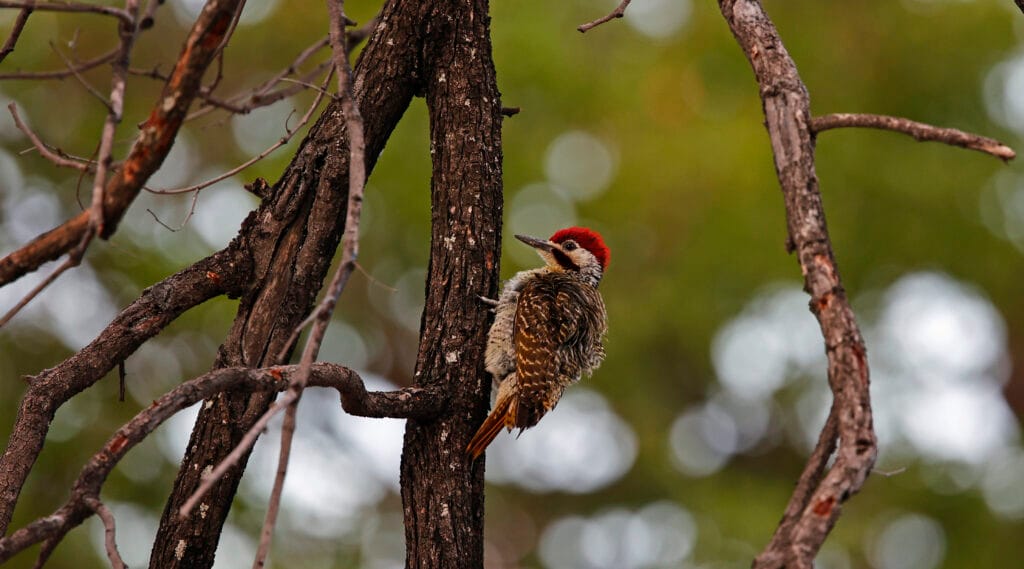
Bijrani Zone is one of the most popular and wildlife-rich zones in Jim Corbett National Park, Uttarakhand. Known for its diverse topography, dense Sal forests, and open grasslands, this zone offers some of the best chances for tiger sightings along with a variety of other wildlife species. It is a must-visit for wildlife enthusiasts, photographers, and nature lovers.
Geography and Landscape 🌍
- Located near Ramnagar, Uttarakhand.
- Comprises thick Sal forests, vast grasslands (chaurs), and riverine belts.
- Seasonal water streams and Bijrani FRH (Forest Rest House) enhance the scenic beauty.
- A mix of hilly and plain terrain, making it an ideal wildlife habitat.
- The entry gate for the Bijrani Zone is Amdanda Gate, which is just 1 km from Ramnagar.
Wildlife in Bijrani Zone 🐅
The zone is famous for its tiger population, along with a variety of other species:
- Royal Bengal Tiger – Frequent sightings in open meadows and near water sources.
- Leopards – Occasionally spotted near hilly terrain.
- Elephants – Large herds commonly seen roaming the zone.
- Sloth Bears & Wild Boars – Found foraging in forested areas.
- Spotted Deer, Sambar Deer, and Barking Deer – The primary prey for predators.
- Jackals, Civets, and Porcupines – Adding to the biodiversity.
Birdlife in Bijrani Zone 🦜
Bijrani is a birdwatcher’s paradise, with over 200 bird species, including:
- Crested Serpent Eagle & Changeable Hawk-Eagle – Commonly seen soaring.
- Indian Pitta & Red Junglefowl – Adding vibrant colors to the forest.
- Kingfishers, Drongos, and Woodpeckers – Easily spotted near water sources.
- Great Hornbill & Barbet Species – Found in dense tree canopies.
Safari Experience in Bijrani Zone 🚙
- Morning Safari: 6:30 AM – 10:00 AM
- Evening Safari: 2:30 PM – 5:30 PM
Best Time to Visit Bijrani Zone 📅
- Summer (March – June): Best time for tiger sightings as animals gather near waterholes.
- Winter (November – February): Pleasant weather, ideal for birdwatching and safaris.
- Monsoon (July – September): Closed for safaris due to heavy rains and breeding season.
Accommodation and Activities Near Bijrani Zone 🏕️
Bijrani offers both forest lodges and resorts for visitors:
- Bijrani Forest Rest House (FRH) – Inside the zone, offering an immersive jungle stay.
- Luxury Wildlife Resorts – Premium accommodations near the entry gate.
- Budget Hotels & Homestays – Affordable stay options in Ramnagar.
Activities Near Bijrani Zone
- Jeep Safari & Wildlife Photography – Capture stunning images of tigers and other wildlife.
- Birdwatching & Nature Walks – Explore the region’s rich avian diversity.
- Visit Corbett Museum – Learn about Jim Corbett and conservation efforts.
- Corbett Waterfall Visit – A scenic attraction near the park.
How to Reach Bijrani Zone? 🚗
- By Air: Nearest airport – Pantnagar Airport (90 km).
- By Train: Nearest railway station – Ramnagar (1 km from Amdanda Gate).
- By Road: Well-connected to Delhi (260 km), Nainital (65 km), and Dehradun.
Why Visit Bijrani Zone? ⭐
✔️ High chances of tiger sightings 📸
✔️ Diverse landscapes with forests, grasslands, and river beds 🌿
✔️ Rich biodiversity with a variety of mammals, birds, and reptiles 🦅
✔️ Easy accessibility from Ramnagar with multiple safari options 🚙
✔️ Ideal for wildlife photography, adventure, and nature lovers 🌄
Bijrani Zone is one of the best safari zones in Jim Corbett National Park, offering thrilling wildlife experiences and spectacular landscapes. Book your safari now and explore the wilderness of Bijrani! 🌳🐅
For safari bookings and more details, visit our website or contact our help desk.
Dhikala Zone – The Heart of Jim Corbett National Park

Dhikala Zone is the largest and most sought-after zone in Jim Corbett National Park, Uttarakhand. Known for its diverse wildlife, breathtaking landscapes, and thrilling safari experiences, Dhikala offers visitors a chance to witness the majestic Royal Bengal Tiger in its natural habitat. This zone is a paradise for nature lovers, photographers, and adventure seekers.
Geography and Landscape 🌍
- Located in the core area of Jim Corbett National Park.
- Characterized by dense Sal forests, grasslands (Chaurs), and riverine belts.
- Ramganga River flows through the zone, providing a lifeline for wildlife.
- Offers panoramic views of the Himalayan foothills, enhancing its scenic beauty.
- Home to Dhikala Forest Rest House, one of the oldest and most famous forest lodges in India.
Wildlife in Dhikala Zone 🐅
Dhikala Zone is renowned for its high tiger population and rich biodiversity. Some of the key wildlife species include:
- Royal Bengal Tiger – One of the best zones for spotting this apex predator.
- Leopards – Often seen in rocky terrains and dense foliage.
- Wild Elephants – Large herds frequently roam the grasslands.
- Hog Deer & Spotted Deer (Chital) – Commonly seen grazing in open meadows.
- Barking Deer & Sambar Deer – Prey species for large carnivores.
- Gharial & Mugger Crocodile – Found basking along the banks of the Ramganga River.
- Jackals, Wild Boars, and Indian Gaur – Adding to the diversity of the zone.
Birdlife in Dhikala Zone 🦜
With over 500 bird species, Dhikala is a dream destination for birdwatchers:
- Crested Serpent Eagle & Changeable Hawk-Eagle – Ruling the skies.
- Pallas’s Fish Eagle & Osprey – Seen near riverbanks hunting for fish.
- Great Hornbill & Pied Kingfisher – Adding vibrance to the forest.
- Indian Roller, Green Bee-eater & Woodpeckers – Easily spotted during safaris.
- Various migratory waterfowl – Found near the river and wetlands.
Safari Experience in Dhikala Zone 🚙
- Morning Safari: 6:00 AM – 9:30 AM
- Evening Safari: 2:30 PM – 5:30 PM
Best Time to Visit Dhikala Zone 📅
- Winter (November – February): Ideal for birdwatching and tiger sightings.
- Summer (March – June): Best time for spotting big cats near water sources.
- Monsoon (July – October): Closed for safaris due to heavy rainfall and conservation measures.
Accommodation and Activities Near Dhikala Zone 🏕️
- Dhikala Forest Rest House – The most famous accommodation inside the core zone.
- Luxury Resorts & Eco-Lodges – Found near Ramnagar for a comfortable stay.
- Budget Hotels & Homestays – Affordable options for tourists.
Activities Near Dhikala Zone
- Jeep Safari & Canter Safari – Experience the thrill of wildlife encounters.
- Birdwatching Tours – Spot exotic and migratory birds.
- Guided Nature Walks & Corbett Museum Visits – Learn about conservation and history.
- Ramganga River Boat Rides – A scenic way to explore the water ecosystem.
How to Reach Dhikala Zone? 🚗
- By Air: Nearest airport – Pantnagar Airport (85 km).
- By Train: Nearest railway station – Ramnagar (18 km).
- By Road: Well-connected to Delhi, Nainital, and Haldwani via NH-309.
Why Visit Dhikala Zone? ⭐
✔️ Best zone for tiger sightings and wildlife photography
✔️ Scenic landscapes with riverine belts and lush forests
✔️ Rich biodiversity, from predators to herbivores and birdlife
✔️ Exclusive forest lodge stay at Dhikala Rest House
✔️ Thrilling safari experiences in the heart of Corbett National Park
Dhikala Zone is a must-visit destination for wildlife lovers looking for an unforgettable jungle experience. Book your safari now and immerse yourself in the untamed wilderness of Jim Corbett National Park! 🌿🐅
Buffer Zones
Pakhro Zone – A Hidden Gem of Jim Corbett National Park
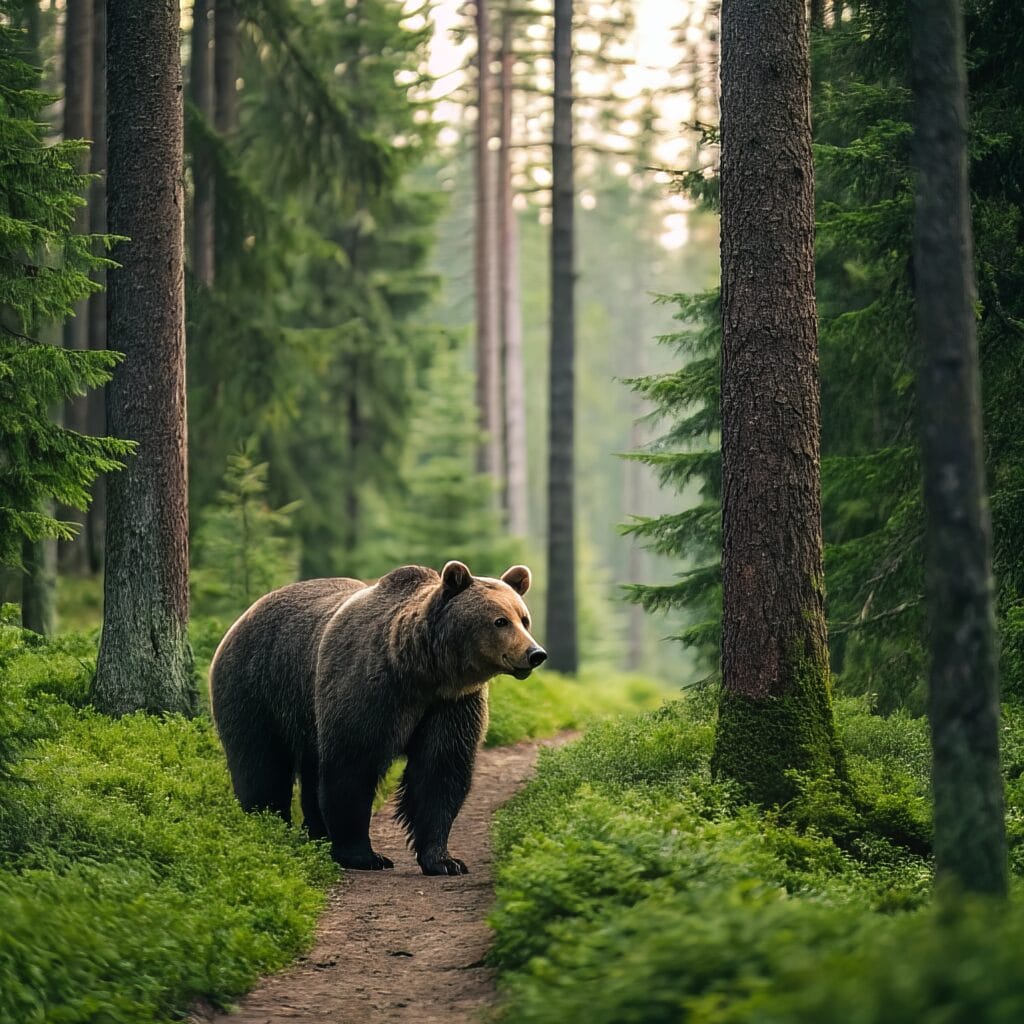
Pakhro Zone is one of the most scenic and biodiverse safari zones in Jim Corbett National Park, located in the Pawalgarh Conservation Reserve. This zone is a part of the buffer area and is known for its rich flora and fauna, including tigers, elephants, leopards, and diverse bird species. With dense forests, picturesque water bodies, and thrilling wildlife encounters, Pakhro offers an offbeat safari experience.
Geography and Landscape 🌍
- Situated in the Pawalgarh Conservation Reserve, near Kotdwar.
- Features lush Sal forests, mixed deciduous trees, and grasslands.
- Multiple seasonal rivers and streams create an ideal habitat for wildlife.
- Surrounded by hills and valleys, offering breathtaking scenic beauty.
- A lesser-explored zone with serene and peaceful safari trails.
Wildlife in Pakhro Zone 🐅
Pakhro is home to a variety of wildlife, making it an excellent safari destination:
- Bengal Tigers – Occasional sightings in deep forests.
- Leopards – Often spotted in rocky terrains.
- Elephants – Large herds roam freely, especially near water sources.
- Sloth Bears – Spotted foraging in dense vegetation.
- Deer Species – Sambar Deer, Spotted Deer, and Barking Deer.
- Indian Gaur (Bison), Wild Boars, and Jackals – Frequently seen in open areas.
Birdlife in Pakhro Zone 🦜
With its rich forest cover, Pakhro is a paradise for bird lovers:
- Great Hornbill & Grey-headed Fish Eagle – Rare and magnificent sightings.
- Kingfishers, Bee-eaters & Drongos – Brightly colored species in abundance.
- Woodpeckers, Parakeets & Owls – Found in dense canopies.
- Migratory Birds (Winter Season) – Various species arrive during colder months.
Safari Experience in Pakhro Zone 🚙
- Morning Safari: 6:00 AM – 10:00 AM
- Evening Safari: 2:30 PM – 6:30 PM
Best Time to Visit Pakhro Zone 📅
- Summer (March – June): Best for spotting big cats near water sources.
- Winter (November – February): Ideal for birdwatching and comfortable safaris.
- Monsoon (July – September): Closed for safaris due to heavy rains.
Accommodation and Activities Near Pakhro Zone 🏕️
There are multiple stay options near Kotdwar and Pawalgarh:
- Forest Rest Houses (FRH) – Authentic wildlife stay inside the buffer area.
- Luxury Resorts & Eco-Lodges – Comfortable stays with safari facilities.
- Budget Hotels & Homestays – Affordable options for travelers.
Activities Near Pakhro Zone
- Jungle Safari & Wildlife Photography – Capture rare wildlife moments.
- Birdwatching & Nature Walks – Explore the zone’s avian diversity.
- Riverbank Picnics & Trekking – Enjoy the serene beauty of the area.
- Visit Kotdwar & Sidhbali Temple – A spiritual and cultural experience.
How to Reach Pakhro Zone? 🚗
- By Air: Nearest airport – Pantnagar Airport (110 km).
- By Train: Nearest railway station – Kotdwar (20 km).
- By Road: Well-connected to Kotdwar, Ramnagar, and Delhi via national highways.
Why Visit Pakhro Zone? ⭐
✔️ Untouched wilderness with fewer crowds
✔️ Chance to see elephants and rare bird species
✔️ Scenic landscapes with rivers, hills, and dense forests
✔️ Easier accessibility via Kotdwar
✔️ Peaceful safari experience away from mainstream tourist zones
Pakhro Zone is a hidden paradise for wildlife lovers seeking a quiet and immersive jungle experience. Book your safari today and explore the raw beauty of Jim Corbett! 🌿🐅
Sitabani Buffer Zone – A Serene Wilderness in Jim Corbett National Park

Sitabani Buffer Zone is a unique and less crowded part of Jim Corbett National Park, Uttarakhand. Unlike the core zones, Sitabani allows unrestricted entry, making it an ideal spot for nature lovers, birdwatchers, and history enthusiasts. The zone is famous for its scenic beauty, diverse wildlife, and mythological significance, as it is believed to be the place where Goddess Sita spent her exile.
Geography and Landscape 🌿
- Located on the northeastern periphery of Jim Corbett National Park.
- Characterized by dense Sal forests, vast grasslands, and hilly terrains.
- Home to the Sitabani Temple, dedicated to Goddess Sita, attracting pilgrims and travelers.
- Rich in natural springs and river streams, adding to the scenic beauty.
- Offers breathtaking sunrise and sunset views, perfect for photography.
Wildlife in Sitabani Buffer Zone 🐾
While tiger sightings are rare, Sitabani hosts a variety of other wildlife species:
- Leopards & Wild Boars – Occasionally spotted near water sources.
- Elephants & Deer Species (Spotted Deer, Sambar Deer, Barking Deer) – Common in grasslands.
- Jackals & Wild Cats – Frequently sighted during safaris.
- Himalayan Black Bear – Seen in higher altitude areas.
Birdlife in Sitabani Buffer Zone 🦜
A paradise for birdwatchers, Sitabani is home to over 200 species of birds:
- Indian Pitta & Golden Oriole – Vibrant and rare sightings.
- Crested Serpent Eagle & Changeable Hawk-Eagle – Aerial predators.
- Great Hornbill & Emerald Dove – Unique to the region.
- Kingfishers, Parakeets & Barbets – Found near water streams.
Safari Experience in Sitabani Buffer Zone 🚙
- Entry Allowed: Unlike other zones, Sitabani does not require permits.
- Jeep Safari: Available with local guides who provide in-depth insights.
- Walking Trails & Trekking: Unlike the core zones, walking is allowed, making it a perfect place for hikers.
- Best Time for Safari: Early morning and late afternoon offer the best wildlife and birdwatching experience.
Best Time to Visit Sitabani Buffer Zone 📅
- Winter (November – February): Ideal for safaris, comfortable weather, and peak birdwatching season.
- Summer (March – June): Offers the best chance to spot wildlife near waterholes.
- Monsoon (July – September): Lush green surroundings, but fewer wildlife sightings.
Accommodation and Activities Near Sitabani Buffer Zone 🏕️
With its increasing popularity, various accommodation options are available near Sitabani:
- Luxury Resorts & Jungle Lodges – Premium stays with modern amenities.
- Eco-Lodges & Forest Rest Houses – Budget-friendly and closer to nature.
- Homestays & Campsites – Perfect for adventure seekers.
Activities in Sitabani Buffer Zone
- Temple Visit to Sitabani Temple – A significant religious and historical site.
- Wildlife Photography & Birdwatching – Capture stunning moments in the wild.
- Walking Safaris & Nature Trails – Experience the jungle up close.
- Picnic & Riverside Relaxation – Enjoy the serene environment by the riverbanks.
How to Reach Sitabani Buffer Zone? 🚗
- By Air: Nearest airport – Pantnagar Airport (110 km).
- By Train: Nearest railway station – Ramnagar (20 km).
- By Road: Well-connected via Ramnagar and Nainital through motorable roads.
Why Visit Sitabani Buffer Zone? ⭐
✔️ No entry restrictions, making it accessible for all
✔️ Perfect for birdwatching and peaceful nature trails
✔️ Rich in history and mythology with the famous Sitabani Temple
✔️ One of the few zones allowing walking safaris
✔️ Ideal for those looking for an offbeat wildlife experience
Sitabani Buffer Zone offers a blend of adventure, spirituality, and natural beauty. Whether you are a wildlife lover, birdwatcher, or a history enthusiast, this is a must-visit destination in Jim Corbett National Park! 🌿🦅
For more details and travel tips, visit our website or contact our travel desk!
Durga Devi Zone – The Serene Wilderness of Jim Corbett National Park
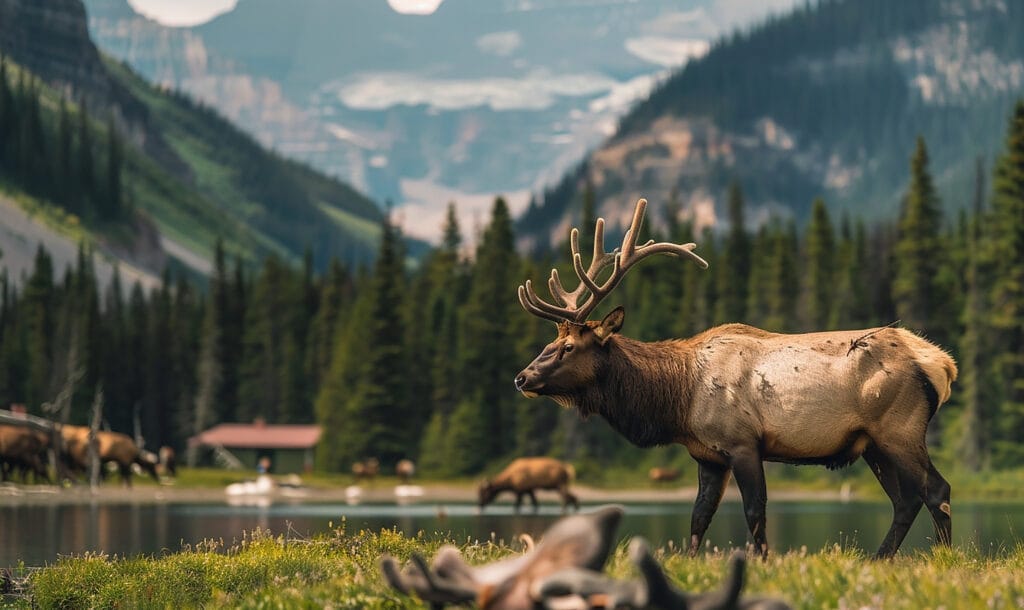
Durga Devi Zone, located in the northeastern part of Jim Corbett National Park, is a paradise for nature lovers and adventure seekers. Known for its hilly terrain, dense forests, and riverine ecosystems, this zone offers a unique safari experience with a chance to spot exotic wildlife and rare bird species. It is one of the less crowded zones, providing a more intimate jungle experience.
Geography and Landscape 🌍
- Situated in the hilly terrains of Corbett, offering a stunning panoramic view of the park.
- Home to the Ramganga River and its tributaries, attracting diverse wildlife.
- Characterized by sal forests, mixed deciduous trees, and dense undergrowth.
- Rocky landscapes and rolling hills, making it different from other zones.
- A perfect destination for those who love offbeat wildlife exploration.
Wildlife in Durga Devi Zone 🦖
Durga Devi Zone is a biodiversity hotspot, home to:
- Bengal Tigers – Though elusive, they can be spotted near water sources.
- Elephants – Large herds frequently roam the zone.
- Leopards – Often seen in the rocky terrain.
- Himalayan Black Bears – Rare, but occasionally spotted in this zone.
- Sambar Deer, Barking Deer & Spotted Deer – Common herbivores of the region.
- Otters & Crocodiles – Found near the Ramganga River.
Birdlife in Durga Devi Zone 🦜
This zone is a paradise for birdwatchers, boasting over 300 species of birds, including:
- Great Hornbill & Pallas’s Fish Eagle – Majestic birds often spotted near riverbanks.
- Crested Kingfisher & Maroon Oriole – Found in the dense canopies.
- Himalayan Griffon & Brown Dipper – Rare species attracting birding enthusiasts.
- Woodpeckers, Barbets, and Flycatchers – Adding vibrancy to the jungle.
- Pied Hornbill & Steppe Eagle – Seen soaring over the hills.
Safari Experience in Durga Devi Zone 🚗
- Morning Safari: 6:30 AM – 10:30 AM
- Evening Safari: 2:00 PM – 6:00 PM
Best Time to Visit Durga Devi Zone 📅
- Winter (October – February): Ideal for birdwatching and comfortable safaris.
- Summer (March – June): Best time for wildlife sightings near water sources.
- Monsoon (July – September): Zone remains closed due to heavy rains.
Accommodation Near Durga Devi Zone 🏠
Stay options include:
- Luxury Wildlife Resorts – Premium stays with nature views.
- Forest Rest Houses – Eco-friendly accommodations.
- Budget Hotels & Homestays – Affordable and comfortable options.
Activities Near Durga Devi Zone
- Jungle Safari & Wildlife Photography – Capture the wilderness in its raw form.
- Birdwatching Expeditions – Ideal for rare bird sightings.
- Angling & Fishing (with permission) – Conducted near the Ramganga River.
- Trekking & Nature Walks – Explore the stunning hilly landscapes.
How to Reach Durga Devi Zone? 🚌
- By Air: Nearest airport – Pantnagar Airport (115 km).
- By Train: Nearest railway station – Ramnagar (28 km).
- By Road: Well-connected via Ramnagar and nearby towns.
Why Visit Durga Devi Zone? ⭐
✔️ Less crowded, offering a peaceful safari experience
✔️ Scenic beauty with hills, rivers, and dense forests
✔️ Rich biodiversity, from tigers to rare bird species
✔️ Ideal for birdwatchers and adventure seekers
✔️ Unique landscape different from other zones
Durga Devi Zone is a hidden gem of Jim Corbett National Park, offering an unforgettable blend of adventure, wildlife, and scenic beauty. Plan your safari and immerse yourself in the wilderness today! 🌿🦕
For safari bookings and more details, visit our website or contact our help desk.